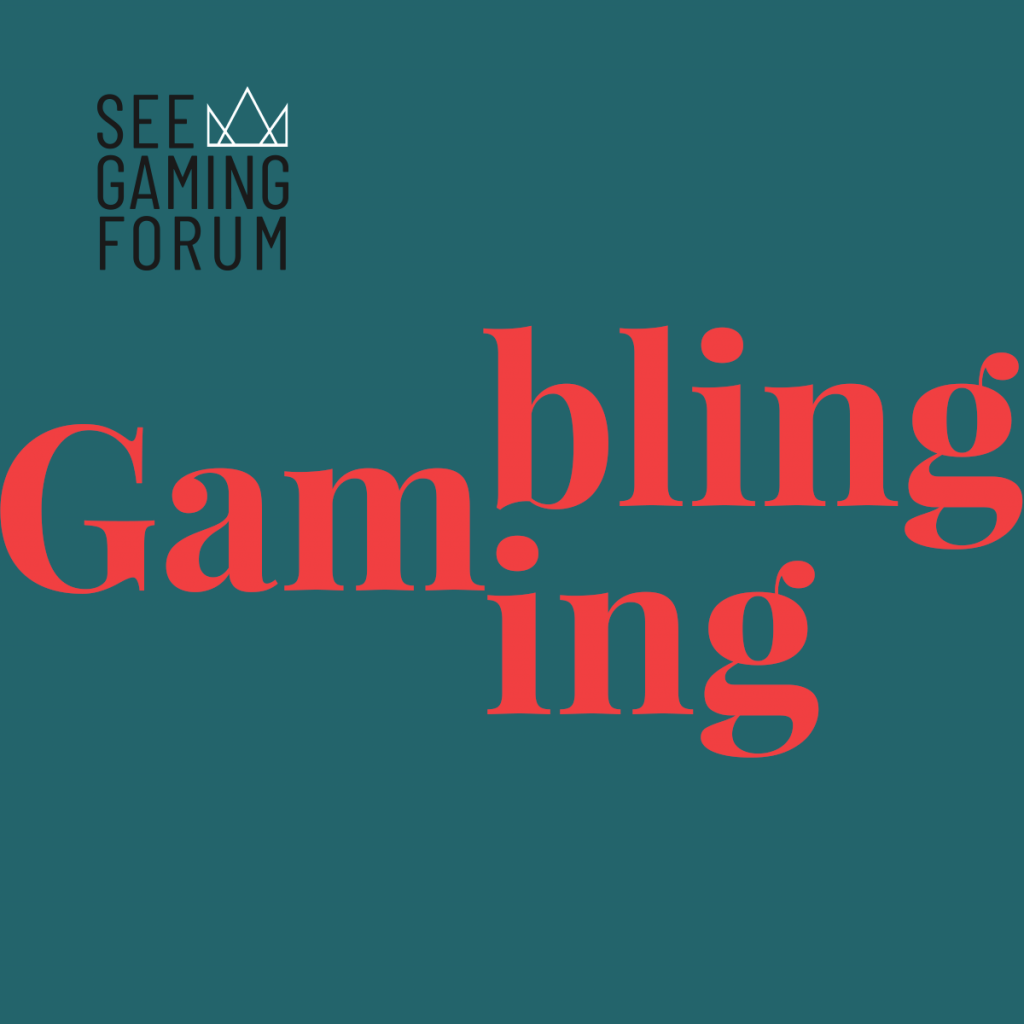By Joseph F. Borg, WH Partners
Regulating gaming in an ideal manner is based on the premise that gaming must be kept free from crime, abuse and corruption, protecting vulnerable players from excessive gaming and keeping minors out of gambling. Moreover, it is a tool to promote jurisdictional excellence, expertise and responsible innovation.
A well-thought-out framework would safeguard the public interest by ensuring fairness and protecting vulnerable persons more effectively than a gaming ban while it also serves to generate jobs, increase a country’s GDP and attract foreign investment. Regulation also helps in preventing the use of gaming for the purposes of crime and money-laundering. These are the regulatory objectives of every gaming regulatory framework.
A player-protection oriented framework must address the several player protection principles, some of which include the protection of minors and vulnerable individuals, the limiting of additional funds, fair gaming, responsible operation, displays of information and warning signs, limited advertising and measures combating criminal infiltration.
Good Practice Principles in Regulating the Gaming Sector
Technology and Game Neutrality
A technology neutral framework allows platform operators enough room to manoeuvre in adopting practices which are fitting to their needs. It encourages innovation and development, rather than stifling it. Having a technologically neutral law prevents discrimination between different types of technologies with similar functionalities, or between mainstream and emerging technologies. Legislation should be future-proof, in light of the fact that legislative acts take a long time to be constructed.
Technology neutrality in legislation concerns two main objectives: fostering innovation and sustainability.
- Fostering Innovation: This entails that legislation should avoid imposing unnecessary limitations and restraints on the development and employment of new technologies and business models;
- Sustainability: Technology-neutral laws are more likely to, in a successful manner, stand the test of time. One of the ways which this could be achieved is by allocating the role of standard-setting to governmental bodies or authorities and giving them the ability to provide authoritative control. This would not only allow for innovation, but also avoid the cumbersome procedure of having to go through the process of legislative amendments.
The key point to drive home is to create a framework that would not be overly burdensome on the industry while ensuring effective regulation. A good legislative framework focuses on the areas that truly matter in order to streamline supervision.
Player Protection
Player protection mechanisms should be rigid enough in order to focus on the protection of players but must be pragmatic enough in order to allow operators a degree of flexibility in the operation of the platform. A player-protection oriented framework must address the several player protection principles, some of which include the protection of minors and vulnerable individuals, the limiting of additional funds, fair gaming, responsible operation, displays of information and warning signs, limited advertising and measures combating criminal infiltration. A practical way of how this can be achieved is for instance, through self-barring functionalities, wherein persons can apply to effectively ban themselves from all licensed land-based gaming locations, or remote gaming platforms within the jurisdiction. Allowing customers to self-impose limitations on their spending is also an effective tool to achieve the regulatory objectives. Other common mechanisms include;
- Transparency: Providing clear and transparent information to customers is probably the most effective player protection mechanism one could implement. This should be at the heart of every gaming regulatory framework.
- Certification: Certification of games is crucial in order to ensure fairness of the games being provided. This requires a robust framework that caters for the accreditation of certifiers and clear technical specifications against which the certifiers need to test the games.
- Monitoring: Effective and efficient monitoring techniques. Receiving a dump of data on a regular basis is not one of them. Operator checks and regular audits are more effective and efficient. Operator checks include going through the website of the operator using a test account provided by the licensee or even better through mystery shopping exercises. A risk-based approach to compliance requires the framework to assign the competent authority the role to monitor risk effectively, for instance through reporting facilities which cater for risk management processes.
- Enforcement: It is useless to have a strong regulatory framework unless it grants the right enforcement tools and powers to the relevant authorities.
Non-Duplication of Controls
When an application for a gaming license is made, the gaming legislative framework must avoid the duplication of procedures and controls, meaning that if a competent gaming authority in another jurisdiction has carried out checks on the application, these checks need not be repeated unless necessary. However, when requested to rely on procedures and controls carried out by a competent authority in another jurisdiction, it would be ideal to subject such measures to further verification and the framework need not bind you to accept reliance if these do not provide equivalent safeguards to those provided by the national framework.
Furthermore, the principle of non-duplication of controls should be applied also within the framework itself. Many gaming frameworks tend to get extremely bureaucratic and mechanical, due to the insecurity of authorities to regulate the sector. To effectively regulate modern tech industries, it is essential that authorities take a pragmatic approach by not stifling innovation but rather concentrating on what really matters. Gaming has become a high-tech industry and therefore this applies squarely to it.
Conclusion
Irrefutably, the ideal gaming legislative framework must take a reformist approach, keeping an eye on the governance and control structures within, while maintaining accountability. Having a robust legislative framework is key, however having an effective authority which seeks to achieve the regulatory objectives sought after by the framework is elemental. Such authority must be alert to any changes happening in the industry, and proactive in adopting measures in relation to innovation. Conclusively, a successful regime should ultimately be measured in terms of efficiency or sustainable growth within the sector, placing the player at the heart of the ecosystem.
https://whpartners.eu/news/achieving-the-ideal-gaming-regulatory-framework


